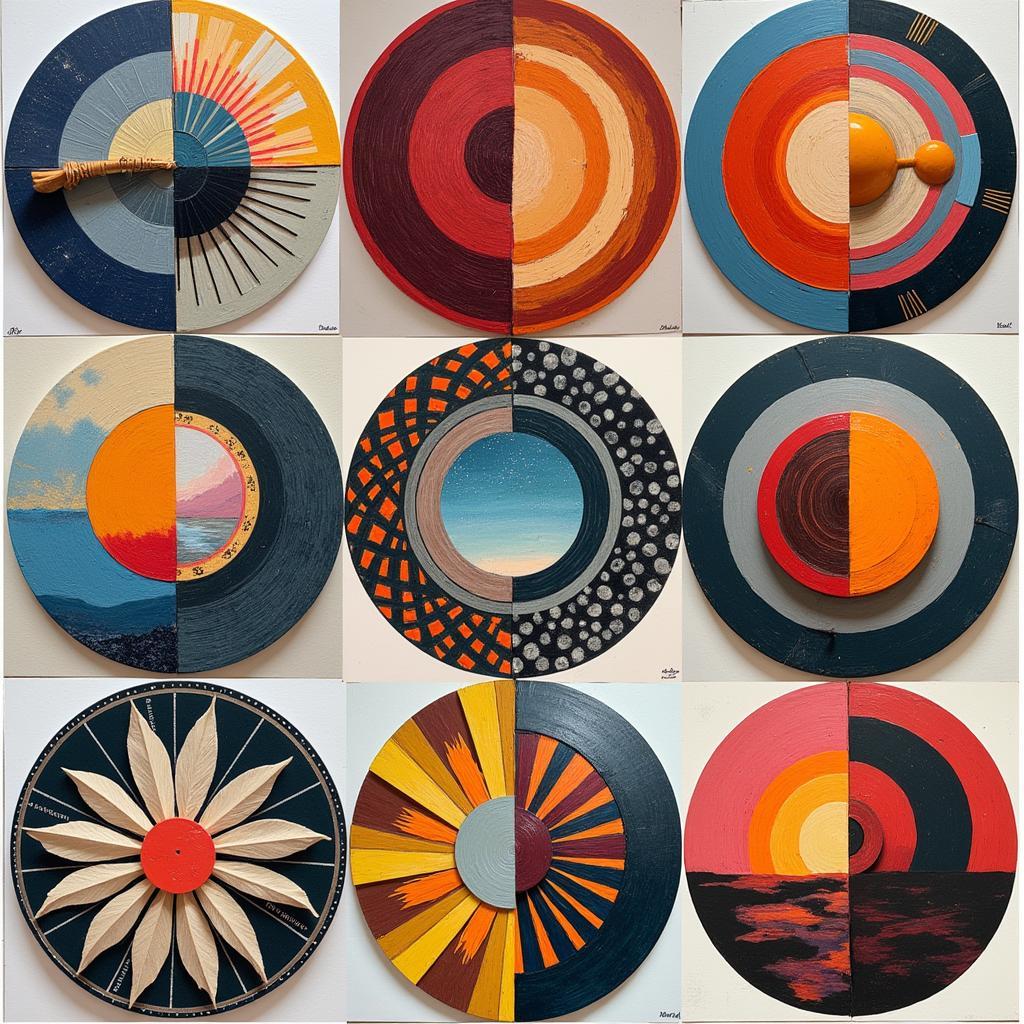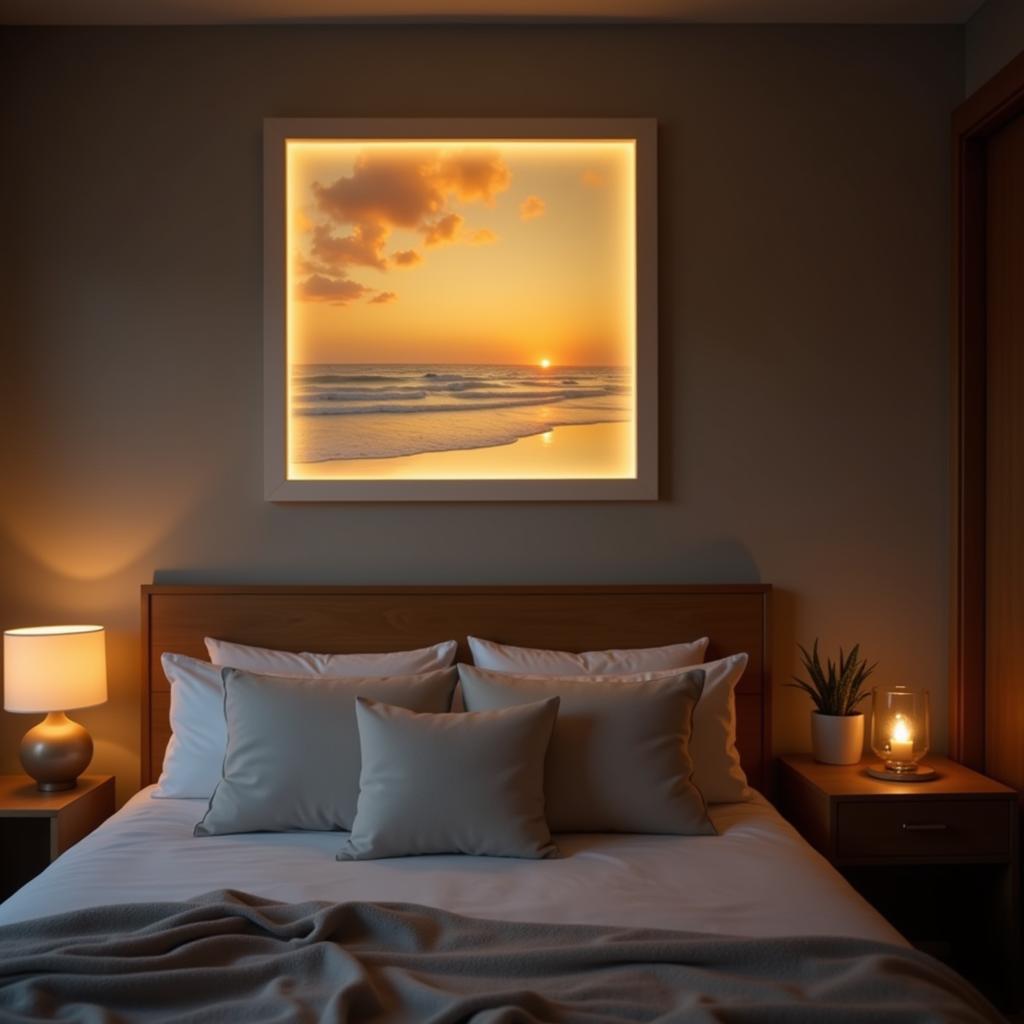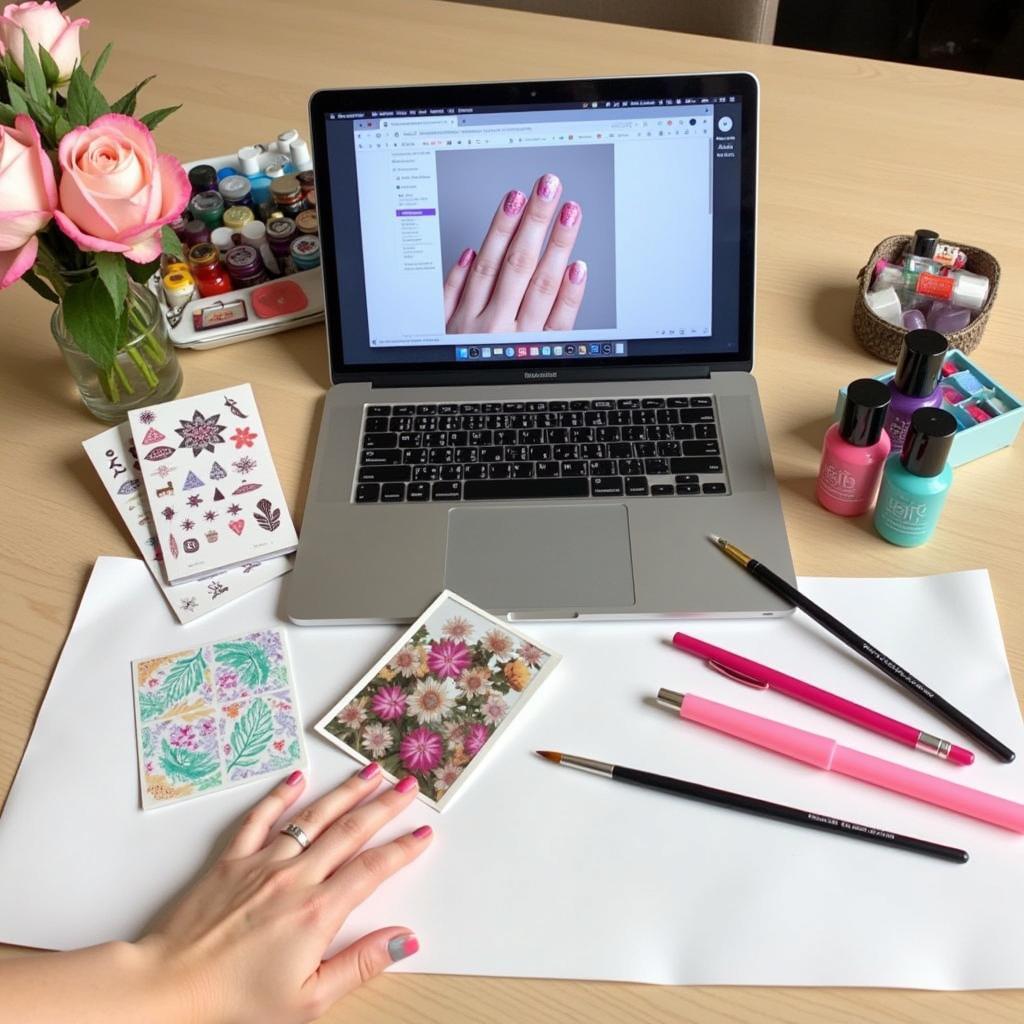Mastering Circle Composition Art: A Guide to Stunning Visual Harmony
Circle Composition Art, a powerful technique used by artists for centuries, harnesses the inherent energy and flow of circular forms to create visually captivating and emotionally resonant artwork. From ancient mandalas to modern graphic design, the circle’s symbolic power and aesthetic appeal have captivated artists and audiences alike. This guide delves into the world of circle composition, exploring its history, principles, and practical applications.  Examples of Circle Composition in Painting and Photography
Examples of Circle Composition in Painting and Photography
Understanding the Power of the Circle in Art
The circle, often associated with wholeness, infinity, and the cyclical nature of life, holds a unique place in artistic expression. Its unbroken line suggests continuity and movement, drawing the viewer’s eye into the composition. By understanding how to effectively utilize circular forms, artists can create works that are both visually striking and conceptually rich. For instance, the circle of life art frequently uses circular compositions to represent this interconnectedness.
Historical Significance of Circle Composition
From the rose windows of Gothic cathedrals to the intricate patterns of Islamic art, circle composition has played a significant role in art history. These historical examples illustrate the enduring power of the circle to evoke a sense of harmony, balance, and spiritual significance.
Principles of Circle Composition Art
Effective circle composition art involves understanding and applying several key principles:
- Radial Balance: Arranging elements around a central point, creating a sense of equilibrium and focus. This principle can be seen in mandalas and many forms of geometric color art.
- Concentric Circles: Using multiple circles of varying sizes to create depth and visual interest within the composition.
- Dynamic Asymmetry: Introducing elements that disrupt perfect symmetry, creating a sense of movement and energy.
- Negative Space: Utilizing the empty spaces surrounding the circular forms to enhance the overall composition. Understanding the definition of content in art includes appreciating the role of negative space.
How to Incorporate Circles Effectively in Your Artwork
Incorporating circles effectively requires careful consideration of their placement, size, and relationship to other elements in the composition. Think about how the circles interact with each other and how they guide the viewer’s eye through the artwork.
Exploring Different Applications of Circle Composition
Circle composition isn’t confined to a single medium or artistic style. It can be applied across various art forms, including painting, photography, sculpture, and digital art. Its adaptability allows artists to experiment with different approaches and create unique visual experiences. You can even see circular composition ideas in a cherry blossom art project or an art deco flower design.
Why is Circle Composition so Appealing?
The appeal of circle composition lies in its ability to create both a sense of order and a sense of dynamic movement. It offers a framework for exploring balance, rhythm, and harmony within a composition.
“Circle composition offers a unique challenge and opportunity for artists to explore the interplay between structure and fluidity,” says renowned artist Amelia Hartmann. “It encourages us to think about how we can create visual narratives that are both aesthetically pleasing and conceptually rich.”
Conclusion: Unleashing the Creative Potential of Circle Composition Art
Circle composition art offers a rich and rewarding path for artistic exploration. By understanding its underlying principles and experimenting with different techniques, artists can create compelling works that resonate with viewers on both a visual and emotional level. Embrace the power of the circle and unlock new dimensions of creativity in your artistic journey.
FAQ
- What is the significance of the circle in art?
- How can I achieve radial balance in my circle composition?
- What are some examples of circle composition in famous artworks?
- How can I use negative space effectively in circle compositions?
- What are the benefits of using concentric circles in art?
- Can circle composition be used in abstract art?
- How do I create a sense of movement in a circular composition?
“Circle composition empowers artists to transcend the limitations of the canvas and explore the boundless possibilities of visual storytelling,” adds Hartmann. “By embracing this timeless technique, artists can tap into a rich vein of creative inspiration.”
When you need help, please contact Phone Number: 02462573573, Email: [email protected] Or visit us at: Savico Megamall, 7-9 Đ. Nguyễn Văn Linh, Gia Thụy, Long Biên, Hà Nội 10000, Việt Nam. We have a 24/7 customer support team.




